Ways to accustom a child 1-2 years old to chew hard food.
Contents
- When a child should chew on his own: chewing reflex
- How to teach a child to chew: Komarovsky
- When and how to give a child hard food: chewing reflex in children - Komarovsky
- A child does not eat food in a year, what to do?
- How to teach a child there are pieces?
- How to teach a child to chew and swallow solid food and not choke in 1-1.5 years?
- How to teach a child to chew and swallow solid food and do not choke at 1.5-2 years old?
- Recommendations to parents on feeding a child at 1 year, 1.5, 2 years
- How to teach a child to chew and swallow solid food and do not choke: parents' reviews
- Video: How to teach a child to chew?
Chewing reflex is one of the skills that is characteristic of all people. Despite this, mothers whose children are approximately 1-2 years old, many questions arise relatively independent food chewing on the child. In the article we will tell you how to teach a child to chew.
When a child should chew on his own: chewing reflex
Chewing reflex is not a skill that can be purchased, but a reflex that triggers at a certain time. It is not innate, but is acquired. The time of the appearance and development of this reflex directly depends on the parents. In most cases, parents inhibit the development of the reflex, continuing to give the child duffed food, when it is already possible for him to introduce a lump.
When a child should chew on his own, chewing reflex:
- It is along with the introduction of complementary foods, starting from 6 months, that this reflex is launched. At 2 years old, the child should already eat on his own, chew lump food from an adult table. Pediatricians also recommend that the pediatricians recommend drying to the kids, which contribute to the development of chewing reflex.
- Many pediatricians note that later the introduction of pieces can cause belated development. Children who rub food until the age of two, do not give pieces, much later begin to talk.
- Together with the introduction of complementary foods and lumpy foods, the tongue becomes in the correct position, its muscles develop, which contributes to the development of speech. In children who began to receive lump food too late, diagnose problems with the stomach.
With untimely transfer to solid food, it is necessary to be treated simultaneously by several specialists: a defectologist, gastroenterologist and orthodontist. After all, too later, the introduction of lumpy food contributes to the deterioration of the bite and its incorrect formation. In the process of chewing, chewing muscles develop, which help the jaws grow correctly, without teeth influx one on one.
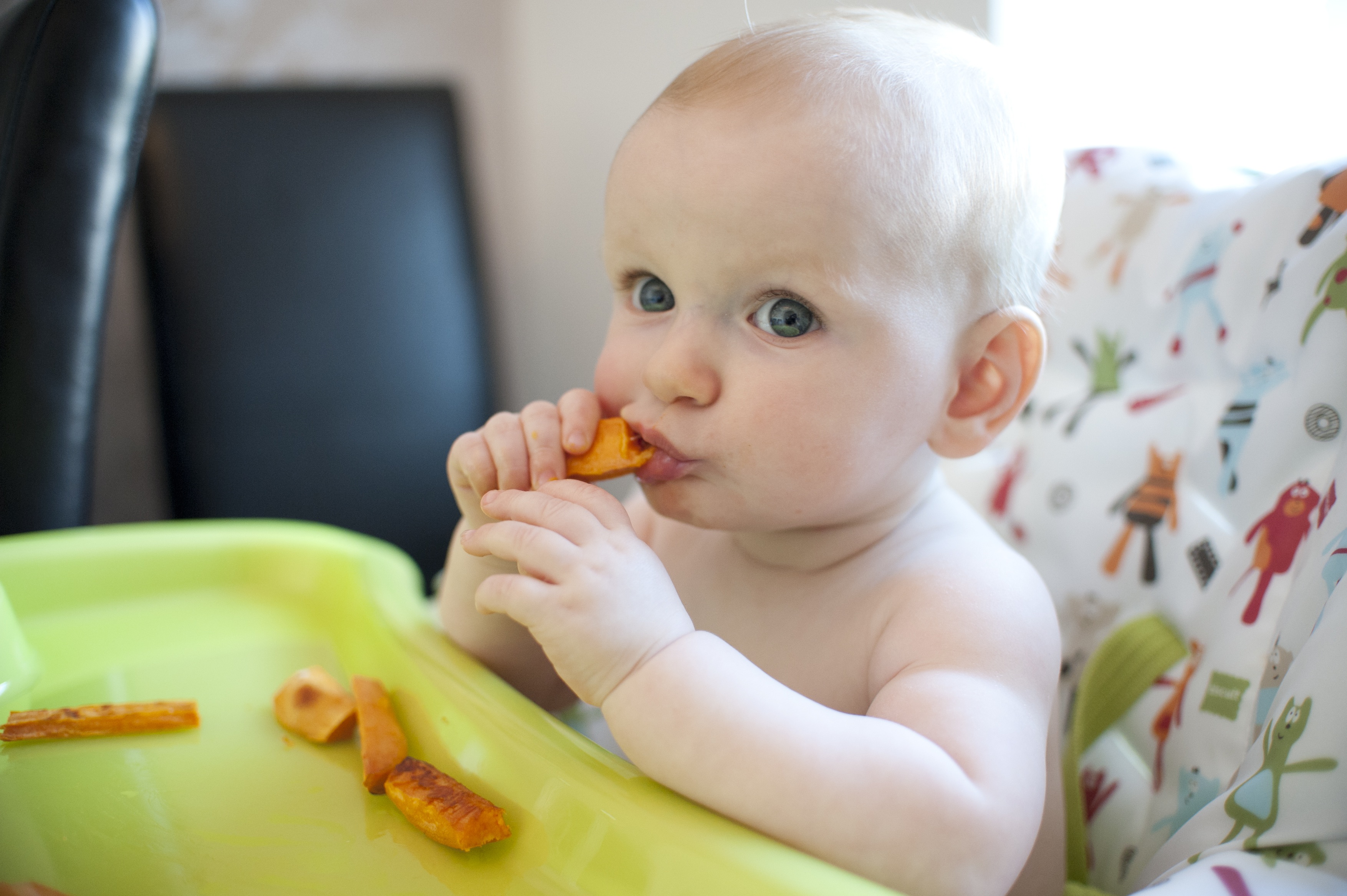
How to teach a child to chew: Komarovsky
At the age of 8-12 months, focusing on the number of teeth in a child, it is necessary to introduce lump food. It is necessary to start with soft fruits, bananas, and cookies. Pediatricians consider the period when the child's teeth erupt very important. Be sure to give the child soft silicone rodents that the baby will chew. This forms chewing skills, a reflex in a child.
How to teach a child to chew, Komarovsky:
- When the child is one year old, it is worth abandoning the use of a blender.
- Put a plate in front of the baby and press the food with a fork if he does not have enough teeth to chew pieces.
- Food in this case will notpuree, and keep pieces in yourself.
- The main goal of this lesson is to teach a child to form a lump in his mouth, which can be swallowed.

When and how to give a child hard food: chewing reflex in children - Komarovsky
Some parents are very carefully monitoring their children, not allowing them to do almost anything. They protect from all kinds of troubles, this also applies to eating. Many breast mothers are bored later by those who give children a mixture. For obvious reasons, they later give children a lump food. This is due to the fact that the first complementary foods are administered at the age of 6-7 months. Until this moment, the child is not familiar with hard food, or even vegetable mashed potatoes.
When and how to give a child hard food, chewing reflex in children - Komarovsky:
- Up to about 1 year, mom feeds children with breasts, as well as milk mixtures, special cereals, which are sold in the form of powder, or acquires a can of mashed potatoes.
- Accordingly, no one introduces lumpy food to the baby.
- This can be carried out due to safety, because children who constantly eat puree and liquid food are notknow How to behave with lumps falling in food. This is the main mistake of the parents.
- Many pediatricians indicate that a child aged 1 year should be perfectly owned by a spoon, and take food on their own.
Dr. Komarovsky believes that every child develops in his own way. Therefore, the time when the child begins to chew independently, stretched out in time framework, and there is no single true opinion.

A child does not eat food in a year, what to do?
If the baby aged 1 year has only two teeth, then there is no point in giving him solid food. He may not have a chewing reflex, because there are no teeth and there is nothing to chew. In addition, giving drying to such a child, you risk him with life.
The child does not eat food per year, what to do:
- Baby A piece of bagel with his front teeth will bite off, but there is nothing to chew a piece. If the child already has eight or twelve teeth a year, you can safely give him solid food. However, in no case do not need to do this right away, sharply transfer the child to new food.
- If the child had eaten exclusively puree and mother's chest before, for him there will be a surprise for lumpy food, causing confusion. He will not know what to do with her. By about one and a half to two years, all children should perfectly chew food from the table.
- Pediatricians recommend purchasing mashed potatoes and complementary foods in jars in accordance with the age of the child. Usually on the packaging, composition and consistency are written. Children's food for children aged 1 year is already quite thick and contains pieces. Gradually giving thicker food with pieces, parents teach the child to chew food.
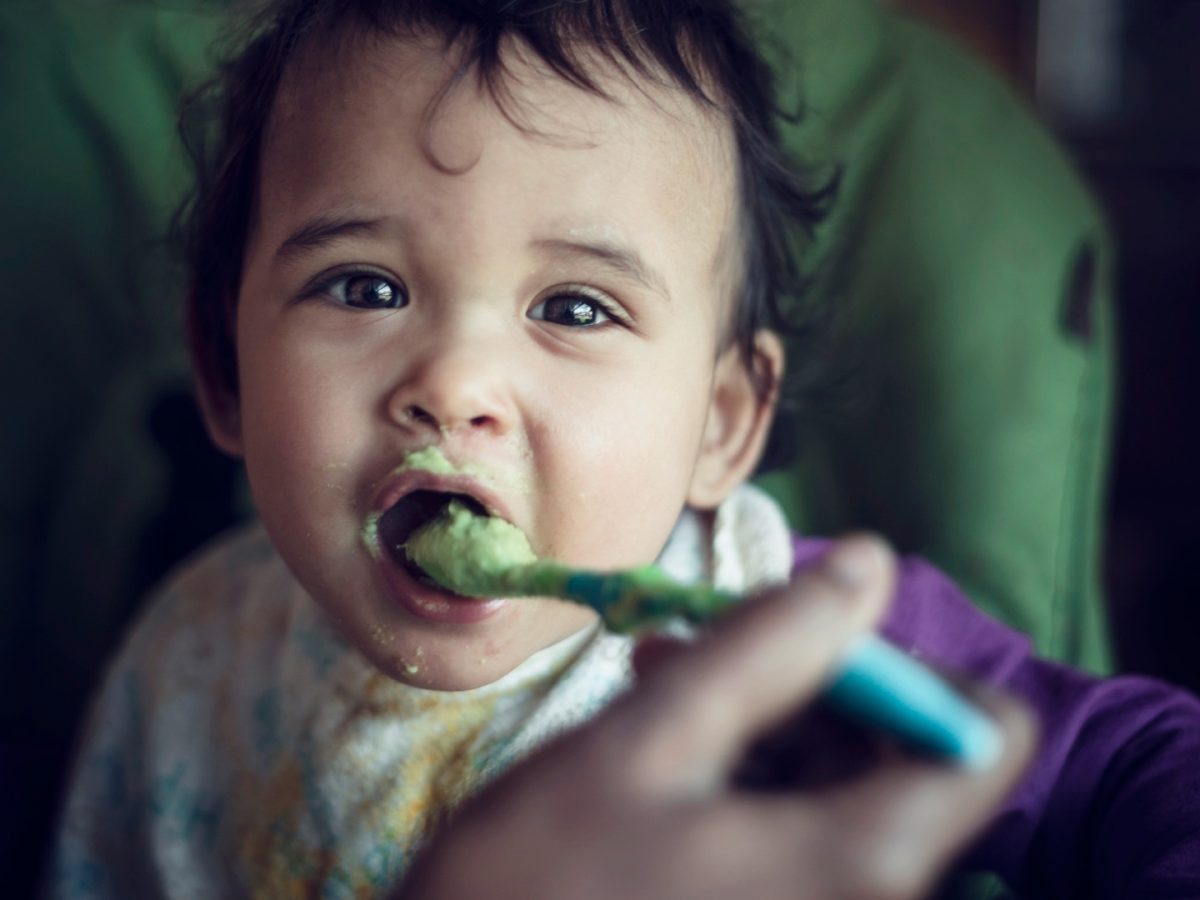
How to teach a child there are pieces?
Pediatricians with experience notes that the problem appeared relatively recently, when they reviewed the terms of the introduction of complementary foods. Previously, our mothers and grandmothers gave hard food much earlier than 6 months. Usually it was drying, cookies. At that time, the child still did not have a single tooth, so he chewed food with the gums. Accordingly, the development of the reflex was launched at the age of 6 months.
At 6 months, two or four teeth that appear in front usually interfere with chewing gums. The development of this reflex is inhibited before the appearance of molars. We have to wait for the child to grow almost all the teeth. In this case, the baby aged 1.5-2 years is forced to begin chewing food, but he has no skills, since the reflex was not launched.
At 1.5-2 years, the child understands a lot, and can refuse food, motivating that he does not want to chew. If the chewing reflex did not appear early and you did not give the child anything firm up to 6 months, it is necessary to act very sharply, rude.
How to teach a child there are pieces:
- Do not give the baby dull food. Show that your blender has broken, and now you cannot grind food. Explain that you can grind pieces with a fork in a plate. Put a plate with pieces of food in front of your child and show how to press it. The baby will be forced to fight two questions at the same time. After all, he is too lazy to chew and too lazy to crush. Naturally, chewing is much easier than crushing, especially with an insufficiently developed motor skill of a half -year -old child. He will be forced to take pieces in his mouth and chew them.
- It is necessary to completely remove all the crushed food And do not give it to the baby. A plate with pieces of food is placed on the table, mother says that the baby should eat it. If he refuses, the plate with food is removed, the baby remains hungry. Of course, many mothers are worried about the state of health of their child, to be afraid that he will die of hunger. This will not happen, leave products that need to be chewed in the kitchen in prominent places. It can be an apple, a piece of sausage or boiled chicken, a small amount of dried fruits. The baby is forced to take food from the table to satisfy hunger.
- Try to lure with marmalade or marshmallows. Sit in front of your child, take a marmalade in your mouth and chew. The kid, who has never eaten such sweets, wants to try, will suit and ask. Explain to the child that this is a marmalade, but it must be chewed, you can not grind in a blender. Show the baby how to chew. Give the child marmalade. It is difficult to choke on the product, as it dissolves in a liquid medium. Even if the child swallows a fairly large piece, it is simply under the influence of moisture, gastric juice will dissolve. Thus, these products perfectly develop chewing reflex.

How to teach a child to chew and swallow solid food and not choke in 1-1.5 years?
If the baby is capricious, and in every possible way refuses to eat hard food, in no case feed for force. Often the inability to chew is provoked by feeding by watch. As a result, the baby eats, not when he was hungry, but, if necessary, mother.
How to teach a child to chew and swallow solid food and do not choke in 1-1.5 years:
- It is worth abandoning such a feeding regime, and wait for the child to come running and asks for food. Usually hunger sweeps away all whims, the child eats on his own what they gave him.
- But many parents want to please the child, rush with him in every possible way, acquire exclusively favorite products. In this case, whims often arise, refusal to chew food. It is necessary when the child wants to eat, put a plate and leave the kitchen.
- Dr. Komarovsky recommends generally while teaching the child to independently eating, getting out of the kitchen. Many children aged 2-3 years, can also begin to be capricious and ask to feed them. You can’t follow children.
- This is not due to the lack of skill, but with the unwillingness to do it yourself. Therefore, when the child was hungry, they put him at the table, put food and go out for a while.
- Gradually, the time of absence of a mother in the kitchen increases. Thus, the child will see that mom is not nearby, is forced to eat and chew food on his own. Of course, this in no case can not be done with a child who is only one year old.
- The absence of a mother in the kitchen and the presence of large pieces in a plate can cause the child to choke and choke. But there is no need to grind food in a blender.
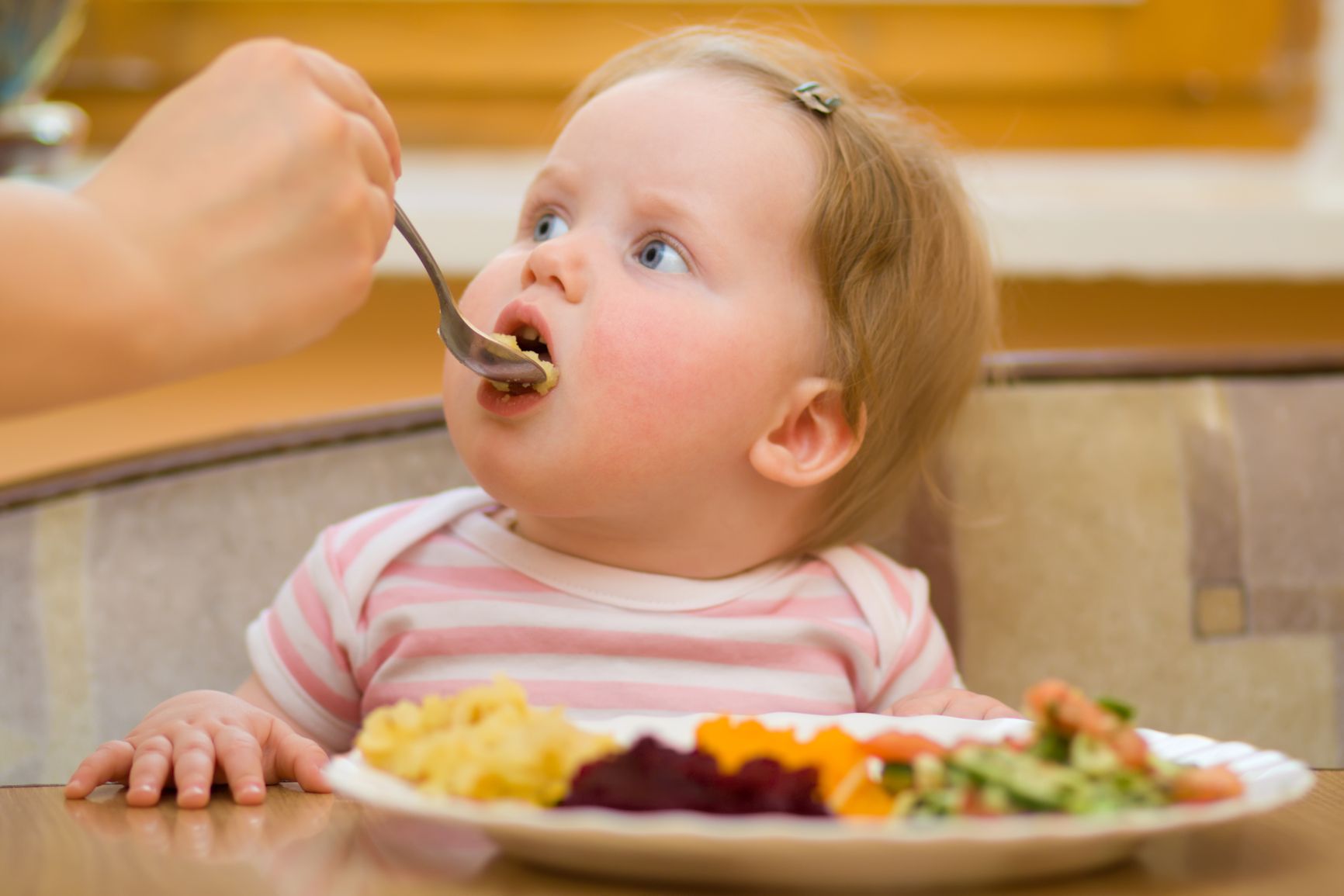
How to teach a child to chew and swallow solid food and do not choke at 1.5-2 years old?
If the unwillingness to chew food is connected with whims, it is necessary to resort to cunning and in no case do not follow the child.
How to teach a child to chew and swallow solid food and do not choke at 1.5-2 years:
- Try to eat in public places and spend more time on the street. The child will not have the opportunity to fully eat, using a blender, chopping food.
- We'll have to eat what is available. Usually this is some kind of snack, an apple, a banana, or drying, cookies.
- The child is running around, hungry and will not give up such food. In most cases, whims are fading into the background, the main goal is to satisfy hunger.
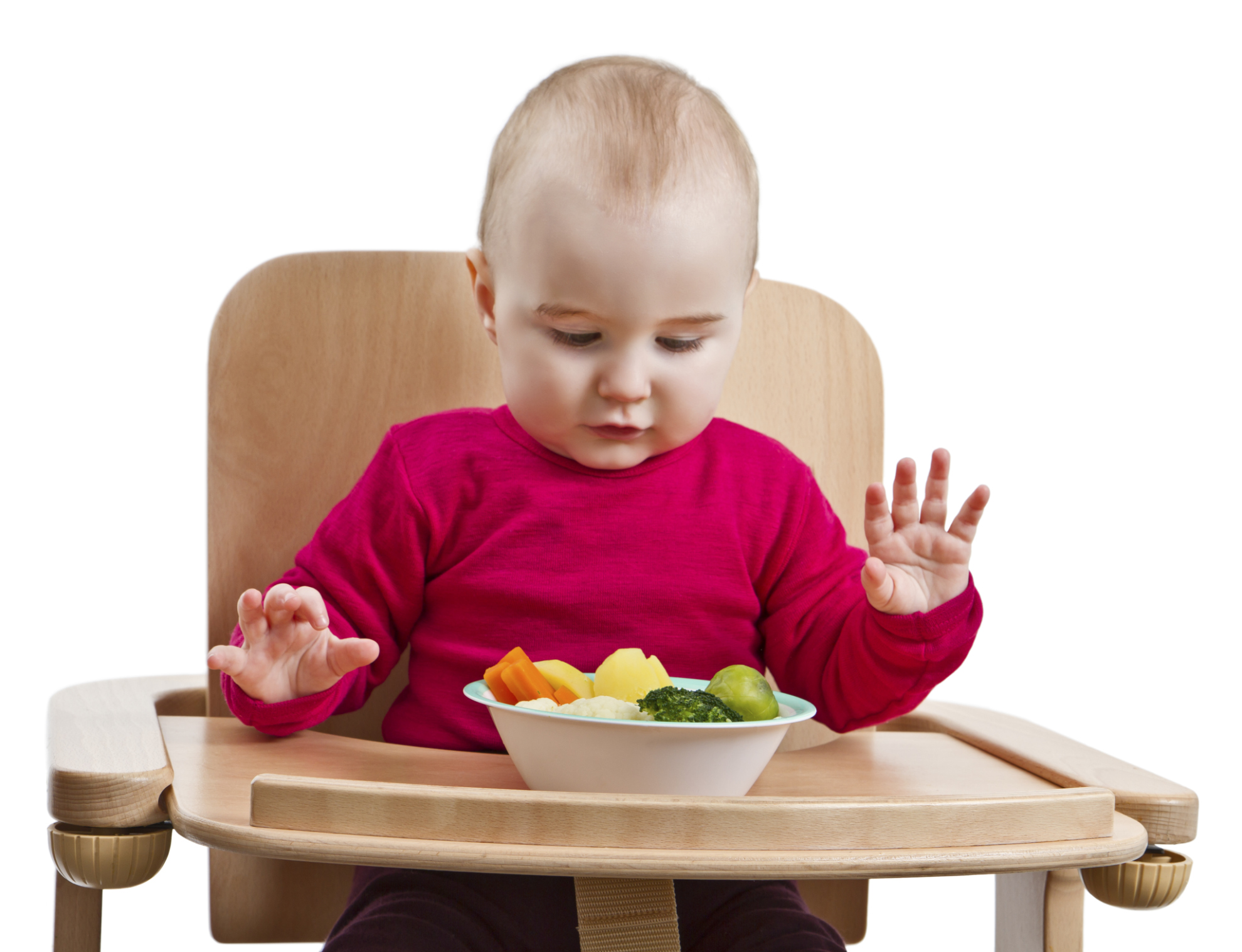
Recommendations to parents on feeding a child at 1 year, 1.5, 2 years
You can accustom a child to hard food, starting with soft, sweet fruits.In particular, This is a peach and bananas. Children are very fond of such food, since it is sweet.
Recommendations to parents on feeding a child at 1 year, 1.5, 2 years:
- Some mothers recommend resorting to tricks at all, and mix some hard pieces to their favorite liquid food.
- For example, in yogurt, pour a handful of oatmeal.
- Thus, inside will contain small pieces that the child will be forced to chew.
- As practice shows, only 20% of parents have no problems with feeding the child.
- That is, the kids eat food in pieces on their own, experiencing and swallowing.This is due to the lack of grinding at a late age.
- Parents do not indulge the whims of their kids.
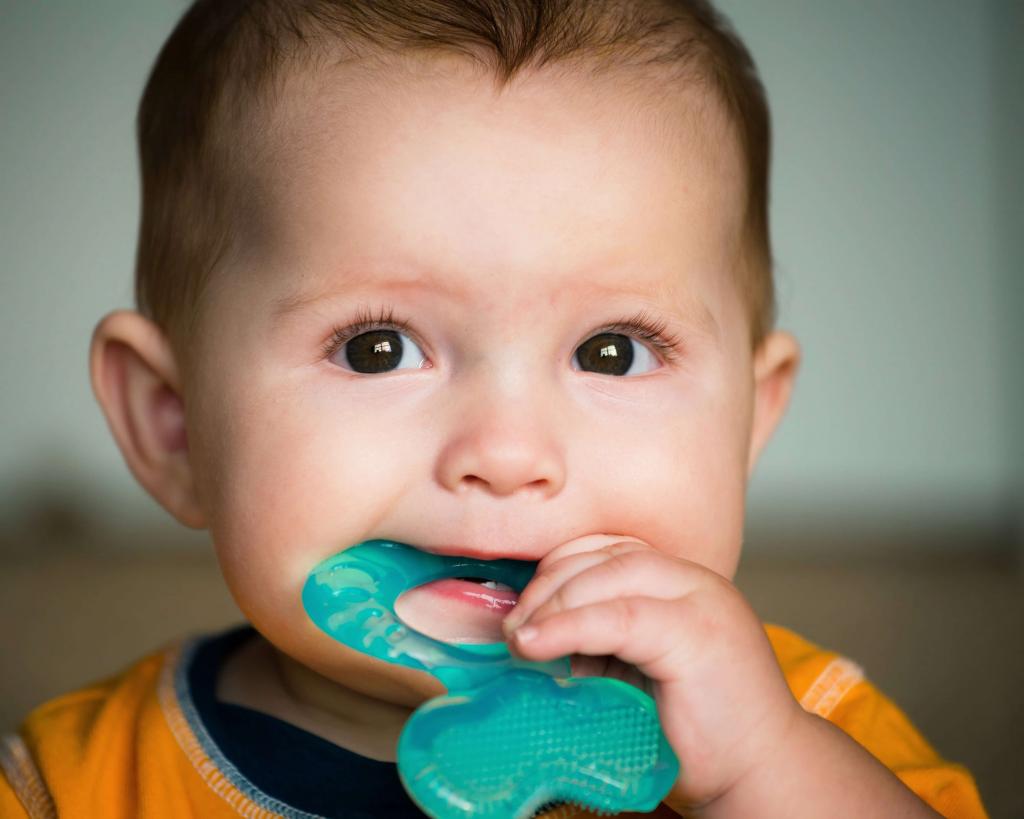
How to teach a child to chew and swallow solid food and do not choke: parents' reviews
In most cases, parents complain about various forums that children do not want to keep a spoon on their own, chew and swallow food, while eating exclusively juice, or cooked puree. You can familiarize yourself with the reviews of parents who taught children to eat on their own.
How to teach a child to chew and swallow solid food and do not choke, parents' reviews:
Alina, 25 years old. My child is now 2 years old, I was forced to get to work early due to lack of money. Therefore, at 1.8 she gave the child to the garden. For him it was a huge stress. He went to the pot perfectly, but with eating there was a real problem. He did not eat on his own at all. That is, the teacher in kindergarten was forced to feed him with a spoon. If the teacher did not, the child just did not eat anything and was hungry all day. I was very sorry for Nikita, I did not understand what to do, I was very worried about my health. Nevertheless, a week later, the son more often began to take a spoon on his own. Apparently, due to the constant feeling of hunger, which he experienced in kindergarten. As for me- this is Barbarian methods, but only they were able to defeat the character of the child, eliminate his moodiness, stubbornness.
Lena, 30 years old. My child is one and a half years old, he has long learned to hold a spoon, but ate exclusively children's porridge designed for infants. It was a powder that was divorced with hot milk. I did not cook ordinary porridge, but bought it, so much easier. As a result, I received a bunch of troubles. Any lump that came across in a soup, the child immediately spit out. He used to eat homogeneous porridge that did not need to be chewed. For me, this was a real problem, as I planned to take my son at 2 years old to kindergarten. That is why she began to purchase mashed potatoes for children with pieces and lumps. First, the baby spit out such food, but then got used to it, since the taste of mashed potatoes is very rich. The child gradually learned to eat hard food. First, I crushed all the thick in the soup with a fork, then I just broke the potatoes into small pieces. Now my child can eat ordinary adult foods on his own, carefully chewing it.
Veronica is 27 years old. To be honest, for me it was a real surprise when I found out that a neighbor did not want to eat hard food. My son did not have such problems, since from 8 months when I introduced complementary foods, he did not want to eat a can of mashed potatoes and soup, duffed in a blender. He spat on cooked dishes and did not want to eat them in every possible way. But very often I sat in my arms when I ate porridge or soup. He also asked for the food that I ate. Since she fed the baby with her chest, she did not eat any harmful food, prepared for herself not very fatty foods, without allergens. Therefore, I was not afraid to give the child the food that I ate on my own. Thus, from 8 months he began to eat adult food. Of course, no one gave him sausages and fried cutlets. Basically, it was a steamed food, soups and cereals. He coped with this perfectly. Perhaps because the first teeth appeared at 4 months, and at 8 months there were already 8. Often walking on the street, gave him drying and cookies. Therefore, he was used to eating hard food and never refused it.

Gradually introduce products that need to be chewed into the child’s menu. Do not follow the baby, do not respond to his tantrums. The child will manipulate you, because he is too lazy to strain.

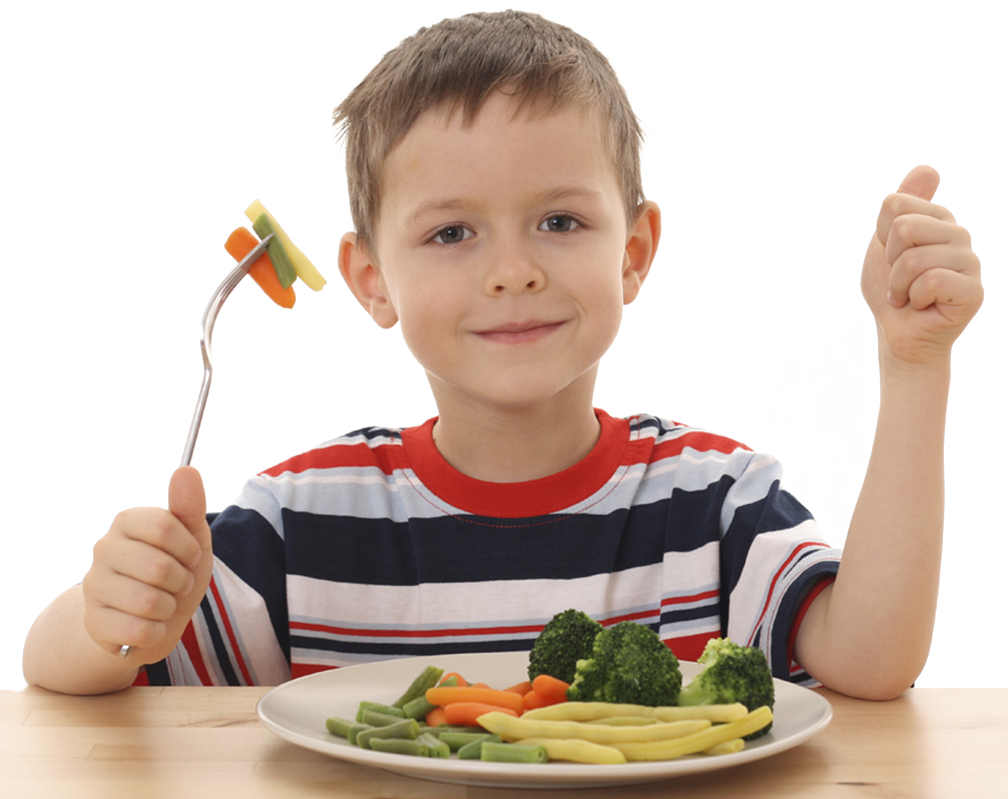






For a long time my son refused to eat food that should be chewed. If during the meal he came across a piece, he began to choke. I tried to show him how to bite food correctly, he seemed to understand me, but when he started to eat soup, he immediately choked. So I went to the trick. I further glued his food, but began to add pieces of food to it. At first very small, gradually increased them. So the son did not even notice how he learned to chew